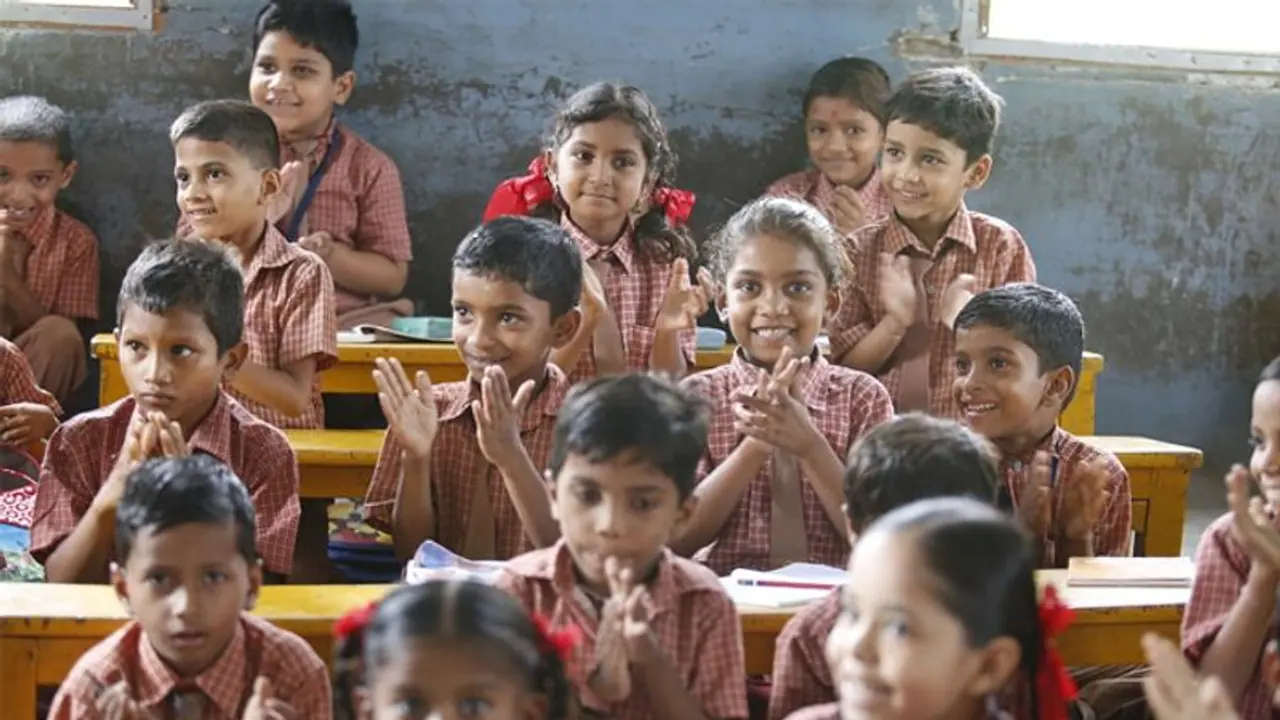The ASER survey took into account three major aspects, including school enrolment and attendance, basic reading and math abilities, and school facilities with sports infrastructure
New Delhi: While girls outperform boys in academics, when it comes to basic arithmetic - boys seem to hold a substantial advantage over girls, according to the Annual Status of Education Report (ASER) - 2018 report published on Tuesday.
Nationally, 50 % of all boys in the age group 14 to 16 can correctly solve a division problem as compared to 44 % of all girls, the report stated.
The ASER covered 596 districts, 354,944 households and 546,527 children in the 3-16 age group.
The survey took into account three major aspects, including school enrolment and attendance, basic reading and math abilities, and school facilities with sports infrastructure.
According to the report, girls outperformed boys in academics but when it came to basic arithmetic, boys seem to hold a substantial advantage over girls.
For the first time in 2018, the number of children in the six to 14 age group, who are not enrolled in school, fell below 3 % and stood at 2.8 %.
In 2006, the all-India proportion of girls in the age group 11 to 14, who were out of school, stood at 10.3 %. In that year, nine major states had out of school figures for girls (age 11-14) above 10 %, the report stated.
"In 2018, the overall proportion of girls in the 11 to 14 age group out of school has fallen to 4.1 %. This figure is more than 5 % in only four states.
"Further, ten years ago in 2008, nationally, more than 20 % of girls in the 15 to 16 age group were not enrolled in school. In 2018, this figure has decreased to 13.5 %," stated the report.
Around 50% of government school students from class five and 25% from class eight cannot read a class two difficulty level text or story, the report also said.
"By Standard VIII, the last year of compulsory schooling in India, children are expected not only to have mastered foundational skills but to proceeded well beyond the basic stage,” the report said.
"ASER 2018 data indicates that of all children enrolled in Standard VIII in India, about 73% can read at least a Standard II level text. This number is unchanged from 2016," the report read.
"Slightly more than half of all children enrolled in Standard V can read at least a Standard II text," it added.
With PTI inputs
